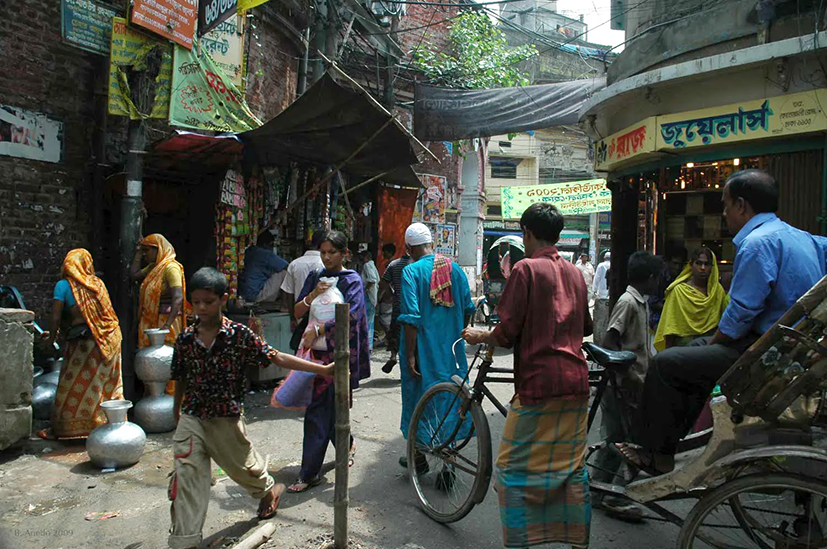
Cities and architecture in the context of global migration
Abstract
Since the origins of human society, communities have dealt with migration issues as established settlements grappled with how to deal with new arrivals. As societies became larger and more complex and human movement became easier, mass migration has become a global issue that correlates with broad and rapid economic, social, political, and technological transformation. The result is that more people live outside their native communities than at any other time in history. The number of migrants is estimated to be over three hundred million worldwide.
Approximately two-thirds of this number migrate for economic reasons, with the rest being the result of forced displacement induced by either conflict or disaster, both of which are increasing in frequency due to human activity. The issues arising from these phenomena pose a particular challenge in architecture, urban planning and related fields.
Overwhelmingly, large urban areas are the focal point of mass migration. Cities centralise the economic, educational, and cultural opportunities that attract migrants. Cities also provide concentrated services and communities.
Cities can best integrate new arrivals when architecture and planning pursue policies of inclusion that also make allowances for the distinct identities of migrant communities. Among the examples of inclusive integration strategies are participatory design, multicultural activities, and involvement of migrant communities in the preservation of the historic built environment. Such actions transfer knowledge and skills from one community to another. They also minimise barriers to social integration.
These and other compelling themes are presented in this issue of Disegnare Con which collects papers relating to migration and the built environment with a particular focus on spatial analysis and visualisations.
DOI: https://doi.org/10.20365/disegnarecon.28.2022.ed
Full Text:
PDFRefbacks
- There are currently no refbacks.
Copyright (c) 2022 Beniamino Polimeni, Michael Toler
DISEGNARECON
ISSN 1828 5961
Registration at L'Aquila Law Court no 3/15 on 29th June, 2015.
Indexed in SCOPUS. Diamond Open Access. All papers are subjected to double blind peer review process by qualified reviewers.
Journal founded by Roberto Mingucci
